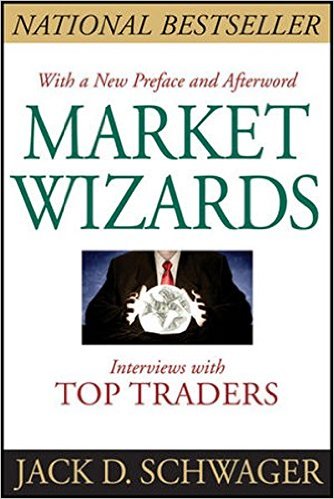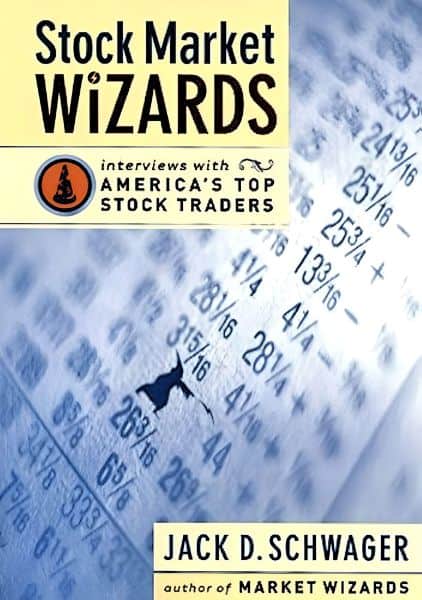Gary Bielfeldt was a successful trader who rose to prominence in the 1980s by trading Treasury bonds. In the mid-1990s, Bielfeldt founded his own trading firm, GNP Commodities, which became one of the largest trading firms in the T-bond futures market. The following is a breakdown of the principles Bielfeldt used in his trading strategy.
How Gary Bielfeldt Analyzes Markets
Bielfeldt explains his trading process In Jack Schwager’s Market Wizards:
I always try to lean primarily on fundamental analysis. However, since I found it was very difficult to know all the fundamentals—usually you are doing pretty well if you have 80 percent of the pieces—I thought it was important to have [technical analysis] to fall back on in case my fundamental analysis was wrong. I developed my own trend-following system [and used it] primarily as a backup to tell me when to get out of a position.
The best thing anyone can do when starting out is to learn how a trend system works. Trading a trend system for a while will teach a new trader the principle of letting profits run and cutting losses short. If you can just learn discipline by using a trend-following system, even temporarily, it will increase your odds of being successful as a trader.
At the start of 1988, I was long the bond market primarily because I was expecting a weaker economy. Everything seemed to be on target until early March when the bond market started edging down. At some point, you have to say you are wrong. In this case, my system provided me with the rationale for getting out of my losing position.
The reality of trading is that you’ll be wrong A LOT. Even the best traders in the game like Peter Brandt only have a win percentage of around 30%. That means they’re losing 70% of the time.
Markets are difficult and it’s impossible to know everything. Even if you have more information and a better fundamental thesis than anyone else, prices can still move against you. And when they do, you must be able to admit you’re wrong and exit your position. Accepting this reality is why the best traders use technical analysis on top of fundamental analysis to protect and grow their money.
Gary Bielfeldt On Risk Management And Position Sizing
When you are starting out, it is very important not to get too far behind because it is very difficult to fight back. Most traders have a tendency to take risks that are too large at the beginning. They tend not to be selective enough about when they take risks.
Many of the best traders risk no more than 1% of their account balance on any trade. This makes sense when you understand how often you can lose in the market. Risking only 1% means you can have 100 losing trades in a row before blowing up. This gives you a large margin of safety.
The 1% rule also ensures you don’t fall too far behind as Bielfeldt explains. For example, a 50% loss in your account takes 100% gain just to break even. But a 10% loss in your account only takes about an 11% gain to break even. When it comes to markets, the deeper you dig yourself into a hole, the harder it is to get out.
This small position rule is very common to systems traders like Bielfeldt and also legendary investors like Richard Dennis, who employs a similar rule in his Turtle Trading Strategy.
Gary Bielfeldt On Patience & Probabilities In Trading
I learned how to play poker at a very young age. My father taught me the concept of playing the percentage hands. You don’t just play every hand and stay through every card, because if you do, you will have a much higher probability of losing. You should play the good hands, and drop out of the poor hands, forfeiting the ante. When more of the cards are on the table and you have a very strong hand—in other words, when you feel the percentages are skewed in your favor—you raise and play that hand to the hilt. If you apply the same principles of poker strategy to trading, it increases your odds of winning significantly. I have always tried to keep the concept of patience in mind by waiting for the right trade, just like you wait for the percentage hand in poker. If a trade doesn’t look right, you get out and take a small loss; it’s precisely equivalent to forfeiting the ante by dropping out of a poor hand in poker. On the other hand, when the percentages seem to be strongly in your favor, you should be aggressive and really try to leverage the trade similar to the way you raise on the good hands in poker
The difference between good traders and great traders is knowing when the odds are in your favor to size up and make a killing.
At Macro Ops we call this Fat-tail Exploitation Theory. Returns are distributed unevenly in markets, meaning that 90% of your profits will come from just 10% of your trades. The trick is to be able to really leverage that 10%.
Taking full advantage of those winning trades will ensure that the losses from all your other trades are more than covered. At the end of the day, it’s how much you win on your winners vs how much you lose on losers that matters.
If you want more lessons from legendary investors like Gary Bielfeldt, check out our free guide on the strategies of the most successful traders here.










